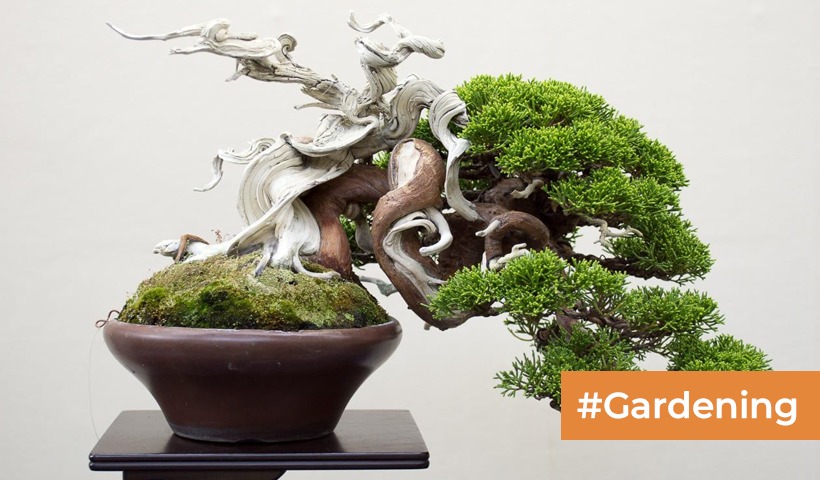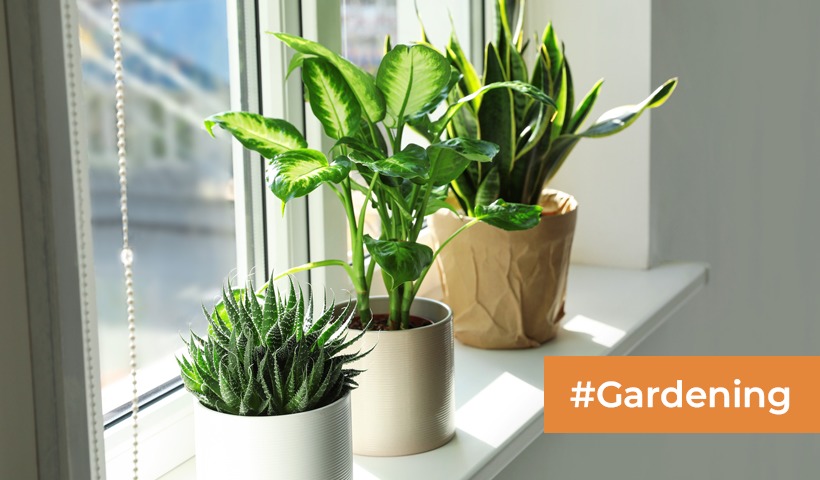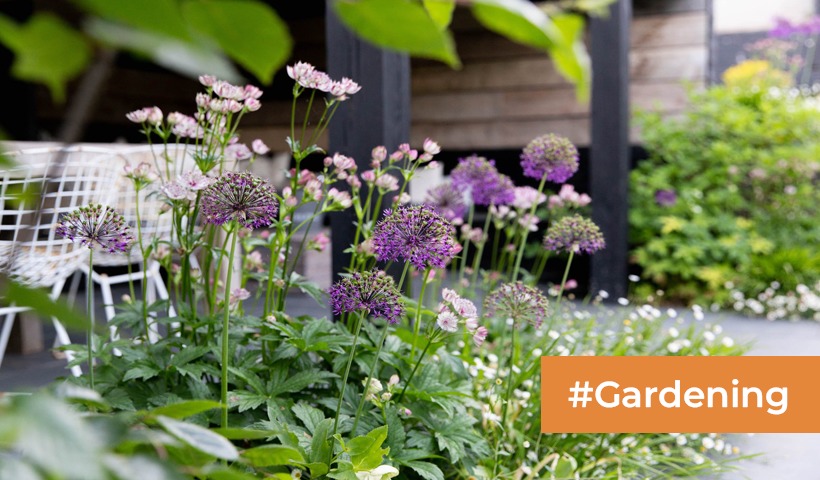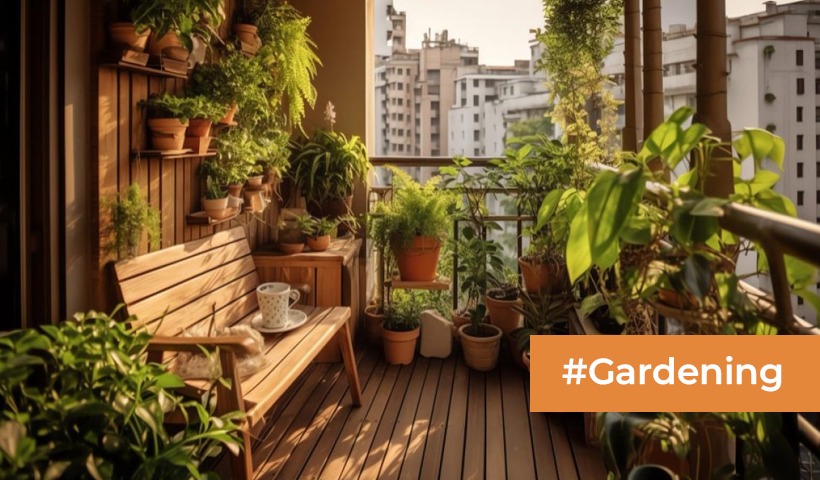Comprehensive Guide on How to Care for Succulents
Succulents have gained immense popularity in recent years, and their unique charm makes them a favorite among plant enthusiasts. Whether you’re a seasoned gardener or a beginner, understanding the intricacies of succulent care is crucial to ensure these resilient plants thrive in any environment. In this comprehensive guide, we’ll delve into the best practices for succulent care, covering everything from soil selection to watering techniques.
Choosing the Right Soil
Succulents thrive in well-draining soil, mimicking the arid conditions of their native habitats. Opt for a specialized succulent or cactus mix, ensuring it contains a balanced blend of perlite or sand. This not only prevents waterlogging but also allows the roots to breathe, fostering a healthy growth environment.
Ideal Light Conditions
Succulents are sun-loving plants, and providing them with the right amount of sunlight is essential. Place your succulents in a location that receives bright, indirect sunlight for at least six hours a day. However, be cautious of scorching afternoon sun, especially in hotter climates, as this can lead to sunburn.
Understanding Watering Techniques
Watering is a crucial aspect of succulent care, and finding the right balance is key. Water your succulents thoroughly, allowing the soil to dry out completely between watering sessions. Overwatering can lead to root rot, a common issue among succulents. Adjust your watering frequency based on the climate and season, reducing it during dormant periods.
Temperature Considerations
Succulents are adaptable to various temperature ranges, but understanding their preferences can optimize their growth. Maintain temperatures between 60°F to 80°F (15°C to 27°C) during the day and around 50°F to 60°F (10°C to 15°C) at night. Protect them from frost, as most succulents are not frost-tolerant, and prolonged exposure can damage their delicate structures.
Pot Selection and Repotting
Choosing the right pot for your succulents is crucial for their well-being. Opt for pots with drainage holes to prevent water accumulation. When repotting, carefully inspect the roots for any signs of rot or pest infestation. Use fresh succulent soil and provide ample space for the plant to expand.
Pest Control Measures
Succulents are generally hardy, but pests can pose a threat to their health. Keep a close eye for common succulent pests such as mealybugs or aphids. Use natural remedies like neem oil or insecticidal soap to control infestations, ensuring a safe and chemical-free environment for your plants.
Fertilization Guidelines
Fertilizing succulents is essential for promoting healthy growth and vibrant colors. Apply a balanced, diluted succulent fertilizer during the growing season, typically in spring and summer. Avoid over-fertilizing, as succulents are accustomed to surviving in nutrient-poor environments.
Propagation Techniques
Expand your succulent collection through propagation. Choose healthy leaves or stems for propagation, allowing them to callous over before planting. Maintain a humid environment initially and transition the new plants to standard care routines as they mature.
Conclusion
Mastering the art of succulent care involves a combination of understanding their natural habitat, providing optimal growing conditions, and addressing any issues promptly. By following these comprehensive guidelines, you can ensure your succulents not only survive but thrive, showcasing their unique beauty in your home or garden.
Disclaimer: The views expressed above are for informational purposes only based on industry reports and related news stories. PropertyPistol does not guarantee the accuracy, completeness, or reliability of the information and shall not be held responsible for any action taken based on the published information.




